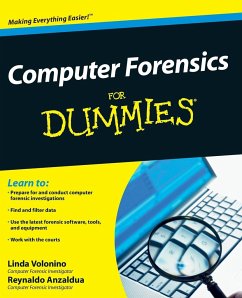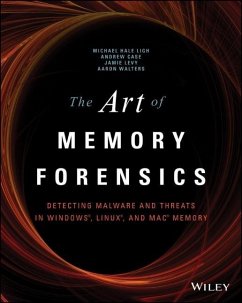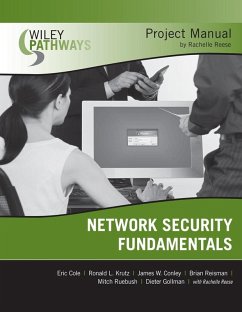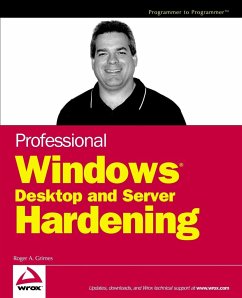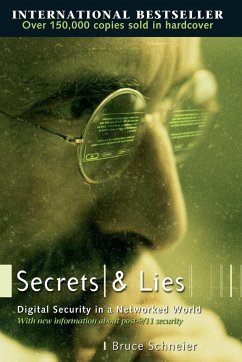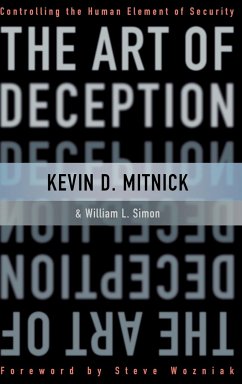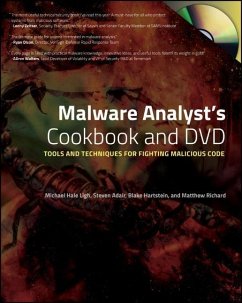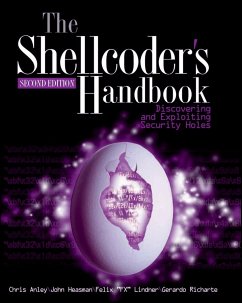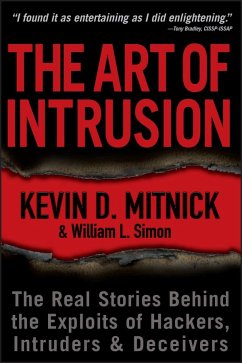Nicht lieferbar
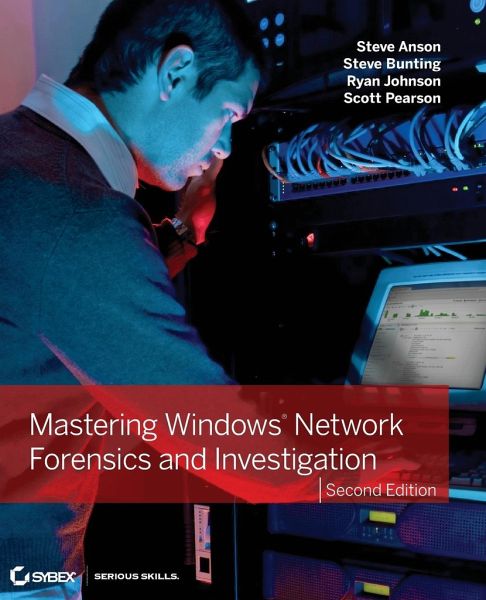
Mastering Windows Network Forensics and Investigation
An authoritative guide to investigating high-technology crimesInternet crime is seemingly ever on the rise, making the need for a comprehensive resource on how to investigate these crimes even more dire. This professional-level book--aimed at law enforcement personnel, prosecutors, and corporate investigators--provides you with the training you need in order to acquire the sophisticated skills and software solutions to stay one step ahead of computer criminals.Specifies the techniques needed to investigate, analyze, and document a criminal act on a Windows computer or networkPlaces a special e...
An authoritative guide to investigating high-technology crimes
Internet crime is seemingly ever on the rise, making the need for a comprehensive resource on how to investigate these crimes even more dire. This professional-level book--aimed at law enforcement personnel, prosecutors, and corporate investigators--provides you with the training you need in order to acquire the sophisticated skills and software solutions to stay one step ahead of computer criminals.
Specifies the techniques needed to investigate, analyze, and document a criminal act on a Windows computer or network
Places a special emphasis on how to thoroughly investigate criminal activity and now just perform the initial response
Walks you through ways to present technically complicated material in simple terms that will hold up in court
Features content fully updated for Windows Server 2008 R2 and Windows 7
Covers the emerging field of Windows Mobile forensics
Also included is a classroom support package to ensure academic adoption, Mastering Windows Network Forensics and Investigation, 2nd Edition offers help for investigating high-technology crimes.
Internet crime is seemingly ever on the rise, making the need for a comprehensive resource on how to investigate these crimes even more dire. This professional-level book--aimed at law enforcement personnel, prosecutors, and corporate investigators--provides you with the training you need in order to acquire the sophisticated skills and software solutions to stay one step ahead of computer criminals.
Specifies the techniques needed to investigate, analyze, and document a criminal act on a Windows computer or network
Places a special emphasis on how to thoroughly investigate criminal activity and now just perform the initial response
Walks you through ways to present technically complicated material in simple terms that will hold up in court
Features content fully updated for Windows Server 2008 R2 and Windows 7
Covers the emerging field of Windows Mobile forensics
Also included is a classroom support package to ensure academic adoption, Mastering Windows Network Forensics and Investigation, 2nd Edition offers help for investigating high-technology crimes.





